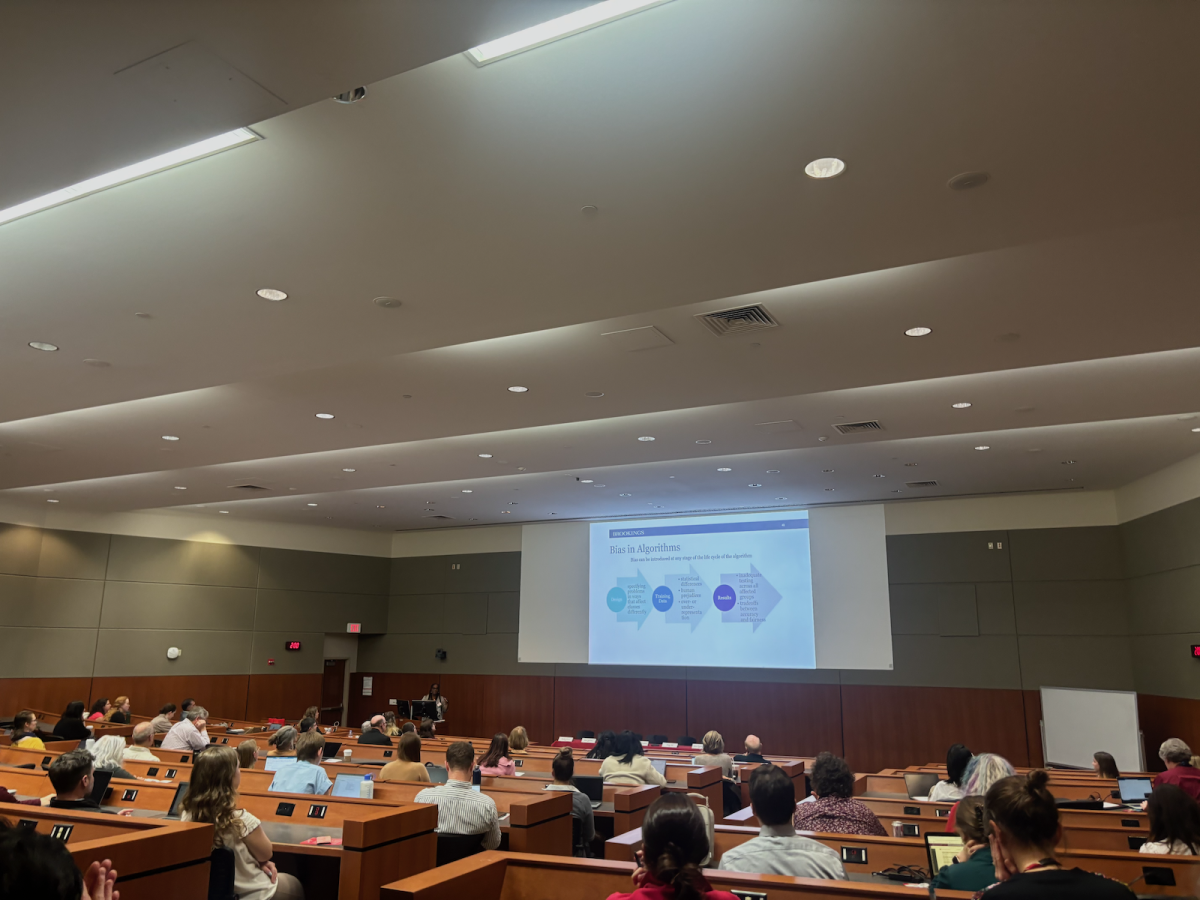Wisconsin will receive part of $4 million the U.S. Department of Agriculture is spending across 10 states in 2016 to help save a depleting species: the monarch butterfly.
Monarch butterflies in North America have declined by about 90 percent in the past few decades, according to Mark Pfost, private lands biologist for Necedah National Wildlife Refuge within the U.S. Fish and Wildlife Service. He said even though millions of the species still exist, such a steep decline is not normal.
To combat the depleting monarch population, the USDA’s Natural Resources Conservation Service is investing $4 million across 10 states in 2016 to help farmers produce food and habitat for the butterflies, according to a USDA statement released Nov. 12.
The statement said the targeted states, including Illinois, Indiana, Iowa, Kansas, Minnesota, Missouri, Ohio, Oklahoma, Texas and Wisconsin, are at the heart of monarch migration. The conservation service is focusing on the decrease in native plants like milkweed — the sole source of food for monarch caterpillars.
NRCS will help farmers and conservation partners plant milkweed and nectar-rich plants along field borders, in buffers along waterways or around wetlands, in pastures and other suitable locations, the statement said.

Douglas Buege, president of the Southern Wisconsin Butterfly Association, explained that when monarchs migrate north from Mexico and lay and hatch eggs, caterpillars can only eat milkweed. But he said farmers use pesticides, herbicides and technologies to wipe them away to protect their other crops, usually corn and soybeans.
It is critical that more milkweed is sustained not just in Wisconsin, but especially southern states, he said.
“If you think about it, milkweed is kind of a highway that butterflies travel to move north,” Buege said. “If you move large sections of that milkweed, the butterflies either have to fly a long distance or the butterflies aren’t going to make it.”
Buege said while a lack of milkweed is an issue for monarchs, the species suffers from other issues when they migrate to Mexico in the winter. Buege said monarchs hang in a single tree, basically hibernating, but the area’s logging industry has denied monarchs a key habitat.
Pfost also said milkweed should not be the only concern in sustaining butterflies.
Once caterpillars grow into “adults,” they nectar on many flowering plants, he said.
“One should not look at this as just, ‘If we put out milkweed, we’re gonna save the monarch,'” Pfost said. “Milkweed is an obligatory part of their lifecycle, but they still need everything else. Milkweed and monarchs are kind of a way to attract people’s attention to a species that is in trouble, that is of conservation concern.”
Buege said the main thing the government should do to help monarchs is to stop subsidizing crops like corn.
He said agribusiness corporations have an incentive to plant corn border to border in states, and the way corn is currently raised allows little tolerance for other plants.
“We need to stop those subsidies,” Buege said. “We need to develop agriculture that isn’t based on industrial models, but based on ecological models so that other species have a chance of existing.”

Pfost said farmers aren’t the only ones to blame, other citizens often kill off milkweed, dismissing it as another weed on their land, even though it is a valuable nutrient for monarch caterpillars.
He said preserving milkweed actually helps a wide variety of species, and NRCS’ next step should be to look to ways to examine the needs of other pollinators.
Even though monarchs do not necessarily have a large evolutionary value to Earth right now, Pfost said farmers and other citizens should think about what even just monarchs’ aesthetic value adds to the planet.
“Can you imagine not seeing monarchs anymore?” Pfost asked. “It would be a much sorrier world without them.”
















